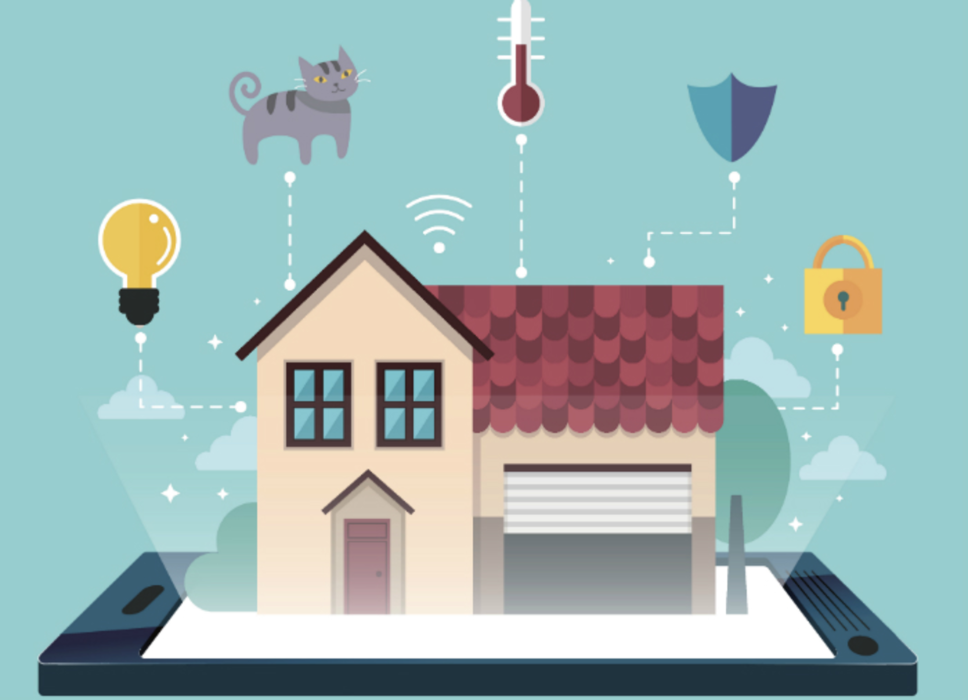Image source: Thinkstock
The Internet of Things had a hard 2016, in contrast to 2015, when you couldn’t escape the awkwardly dubbed trend. But while consumers and marketers were swooning over VR and its many experimental applications, tech companies were in the throes of a home assistant arms race; one that Amazon kicked off and still leads, but likely not for much longer.
Amazon made a number of hardware blunders over the years (Fire Phone anyone?), but those failures seem insignificant in the face of the company’s success with Alexa, the pioneering intelligent home assistant technology that powers its Amazon Echo device. The Echo and Alexa were surprise runaway successes, and helped boost a new trend in IoT technology, that of the connected home assistant.
Like smartphones with apps, home assistants will bring all the disparate connected devices and appliances in the smarthome together (collecting all kinds of valuable data along the way). That’s the eventual goal anyway.
The technology is still in its nascent phases, much like the IoT in general. But as the IoT matures and connected products proliferate, the demand for home assistants will undoubtedly increase, as will the need for marketers to understand the technology. And those days may be upon us already.
It seems every major player in the tech space is releasing or working on releasing a home assistant within the next year.
Google Home made headlines with its launch last year, along with that of Google’s Alexa equivalent, Google Assistant. Lenovo is entering the fray as well, having recently announced its Smart Home Assistant, which uses Alexa to perform many of the same functions as Google Assistant and Alexa. Apple is also slated to launch a home assistant, and many more companies will undoubtedly unveil their answers to Alexa and Home at this year’s Consumer Electronics Show.
It’s easy to understand why the vendors find these home assistants attractive, even if they’ve yet to penetrate general markets in a significant way. These devices are literally always listening.
In the case of the Echo, Amazon gathers data on all speech that follows the wake phrase (Alexa or Echo). The company no doubt has tons of mobile, search, and shopping data on hand, but attaching that data profile to a voice — or an entire home’s worth of voices — could prove powerful indeed. It’s doubtful, however, that marketers will ever have direct access to these insights.
While it’s not yet expressly clear how marketers will be able to glean consumer data from these smart home assistants, it’s safe to assume we’ll hear a lot more about the home assistant trend in 2017.








